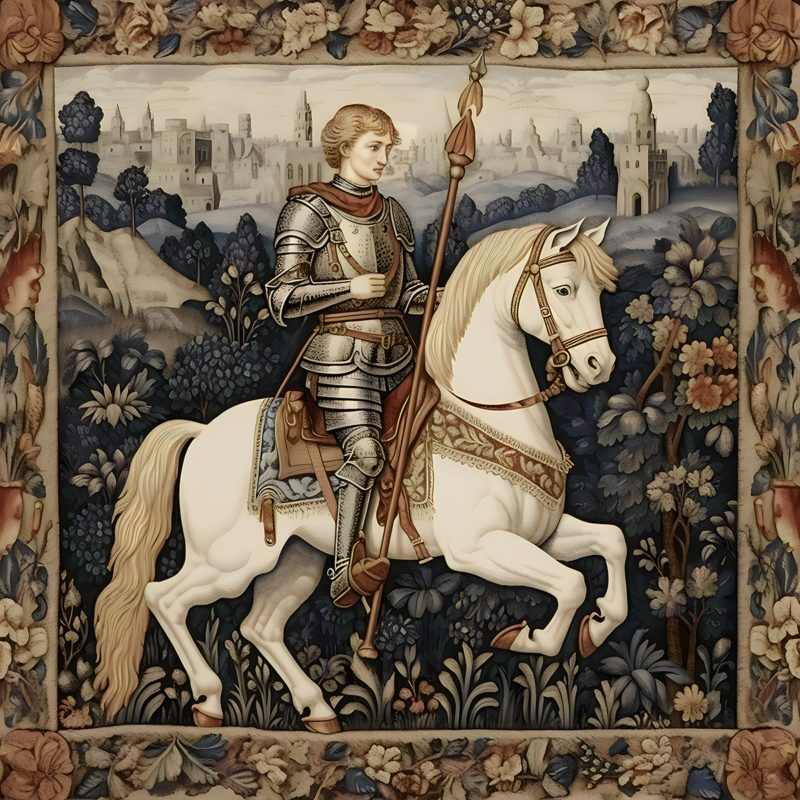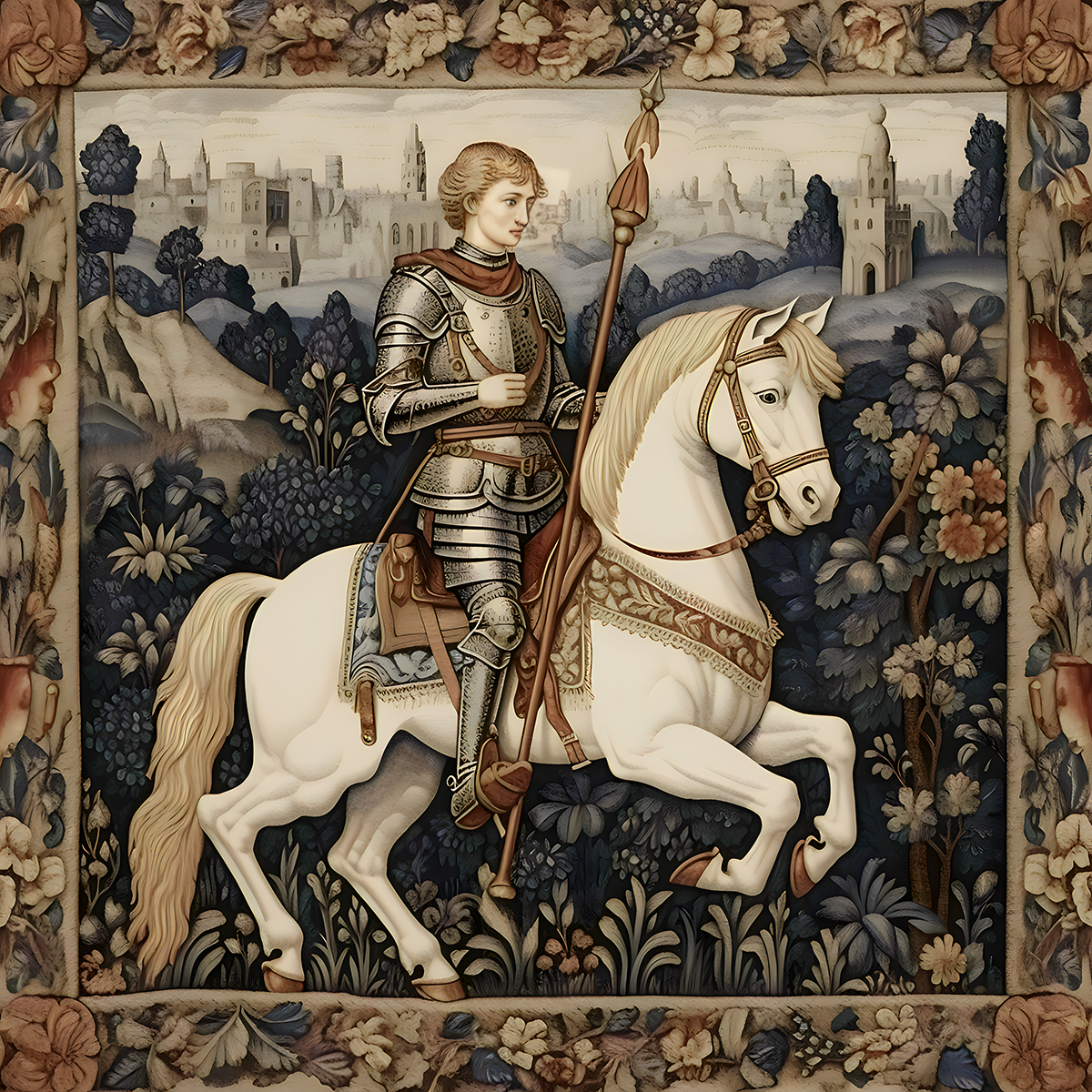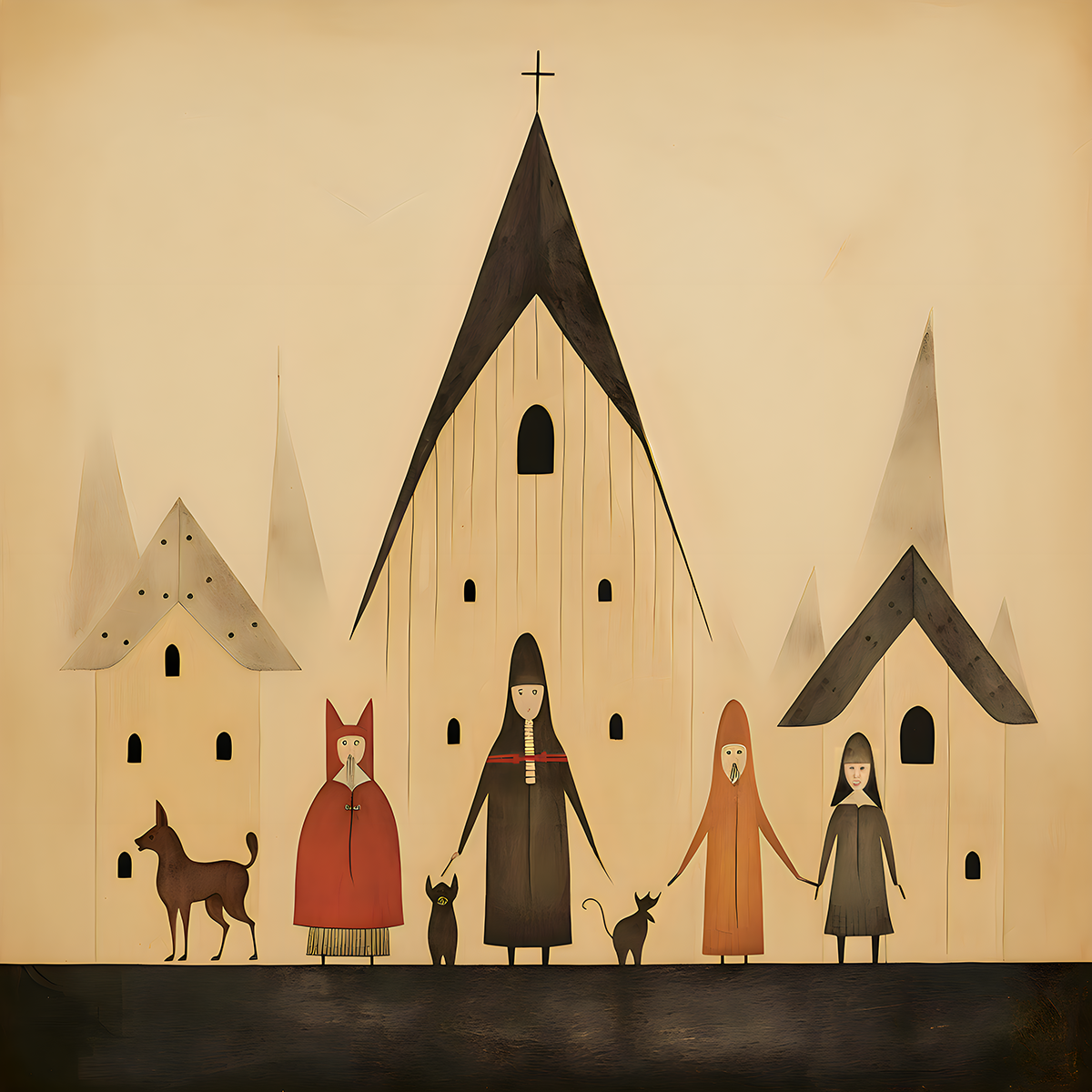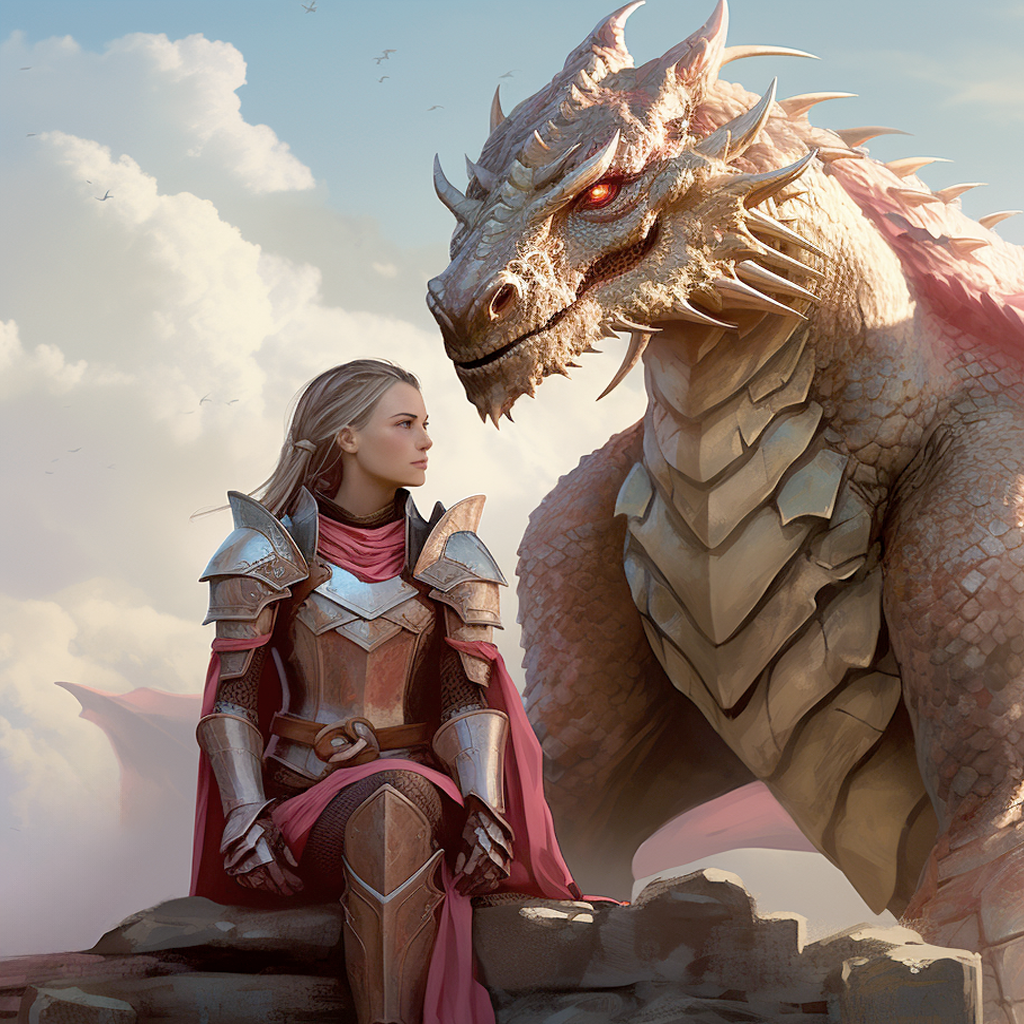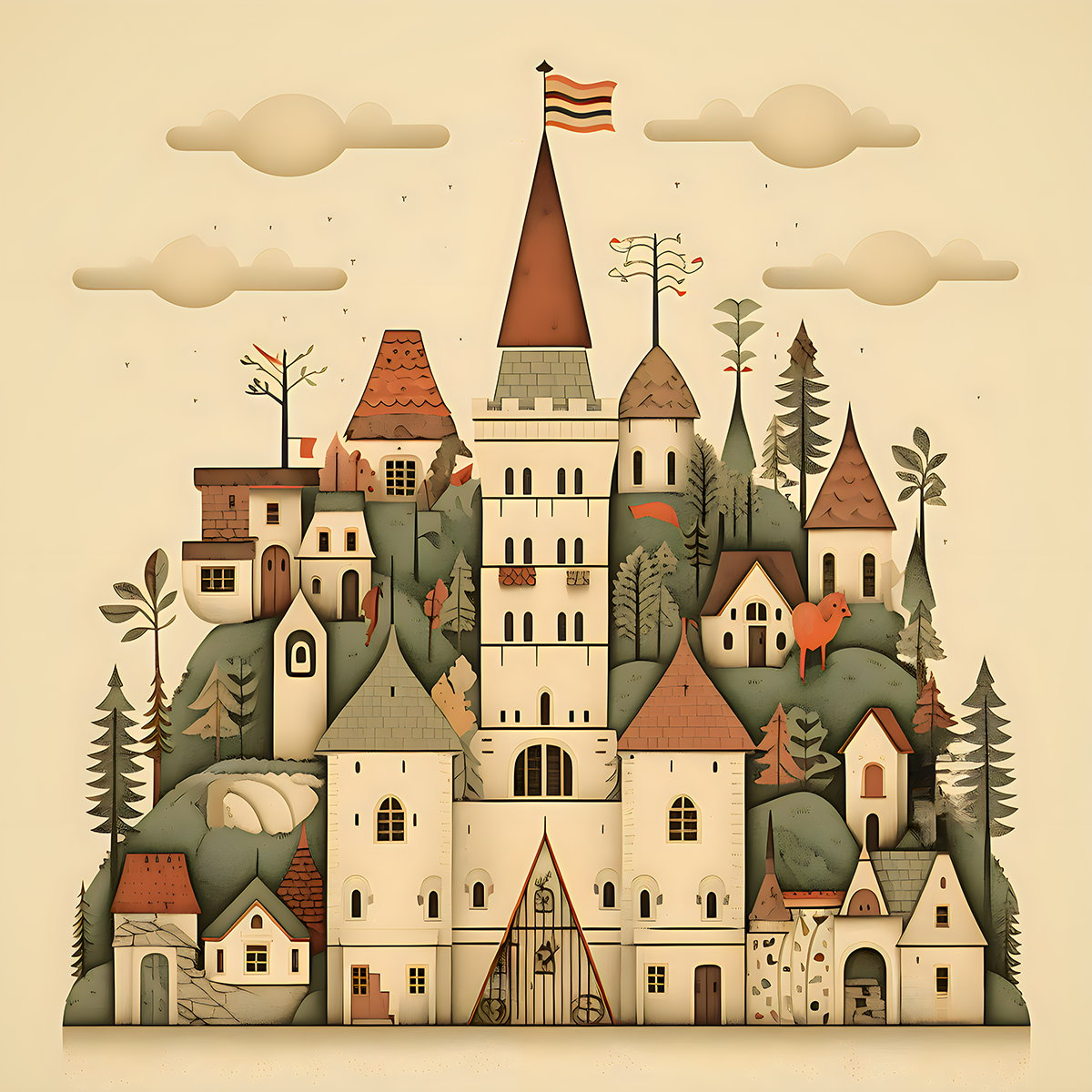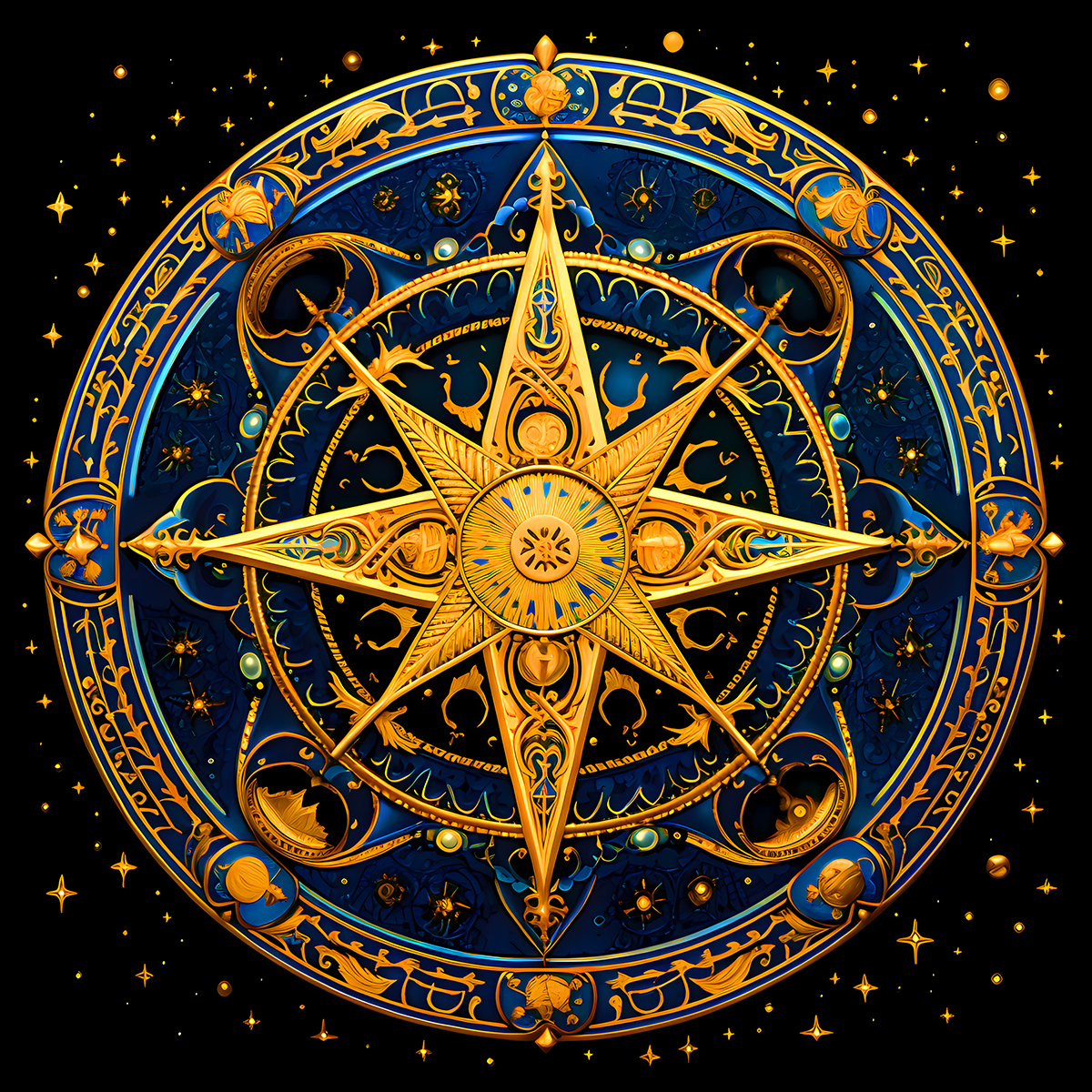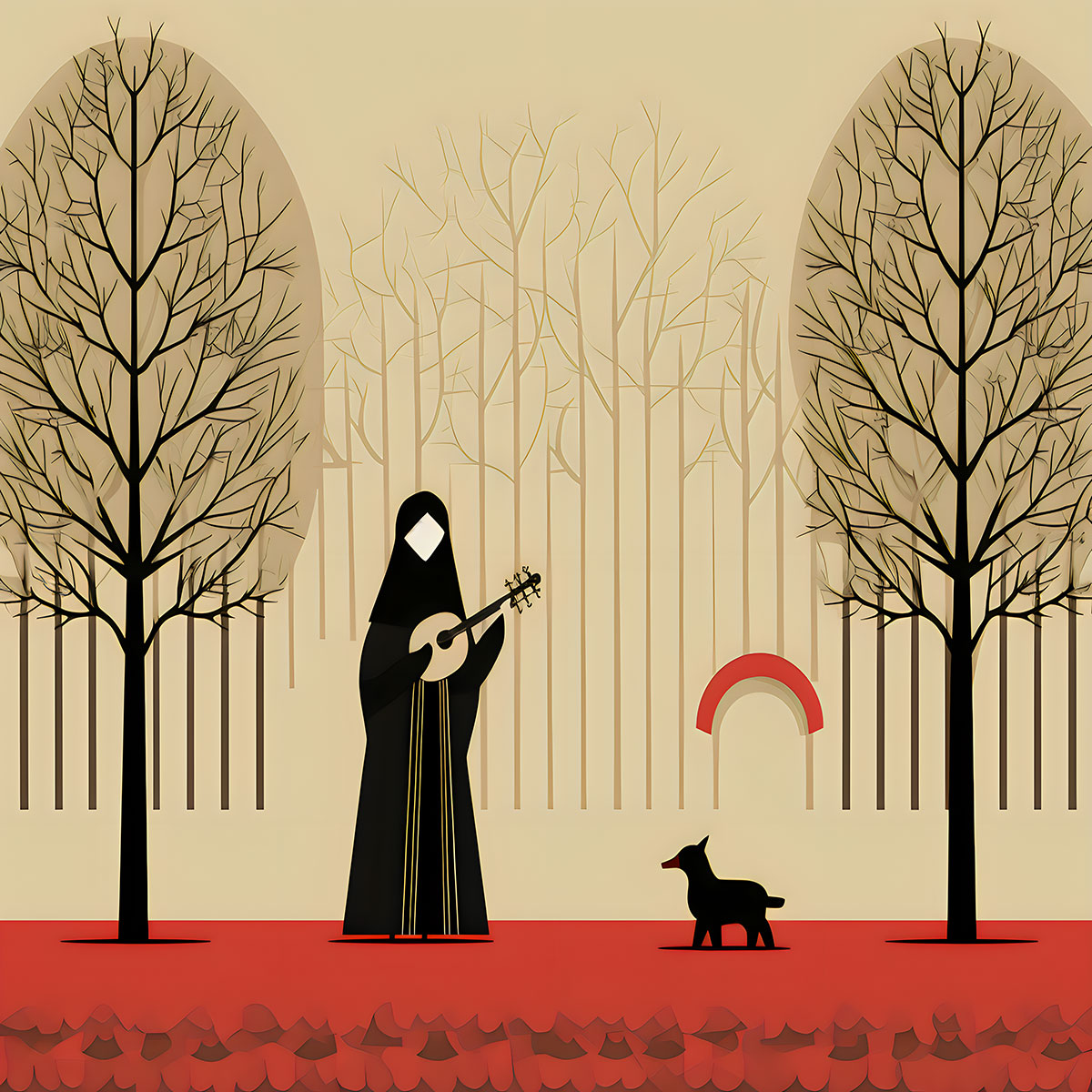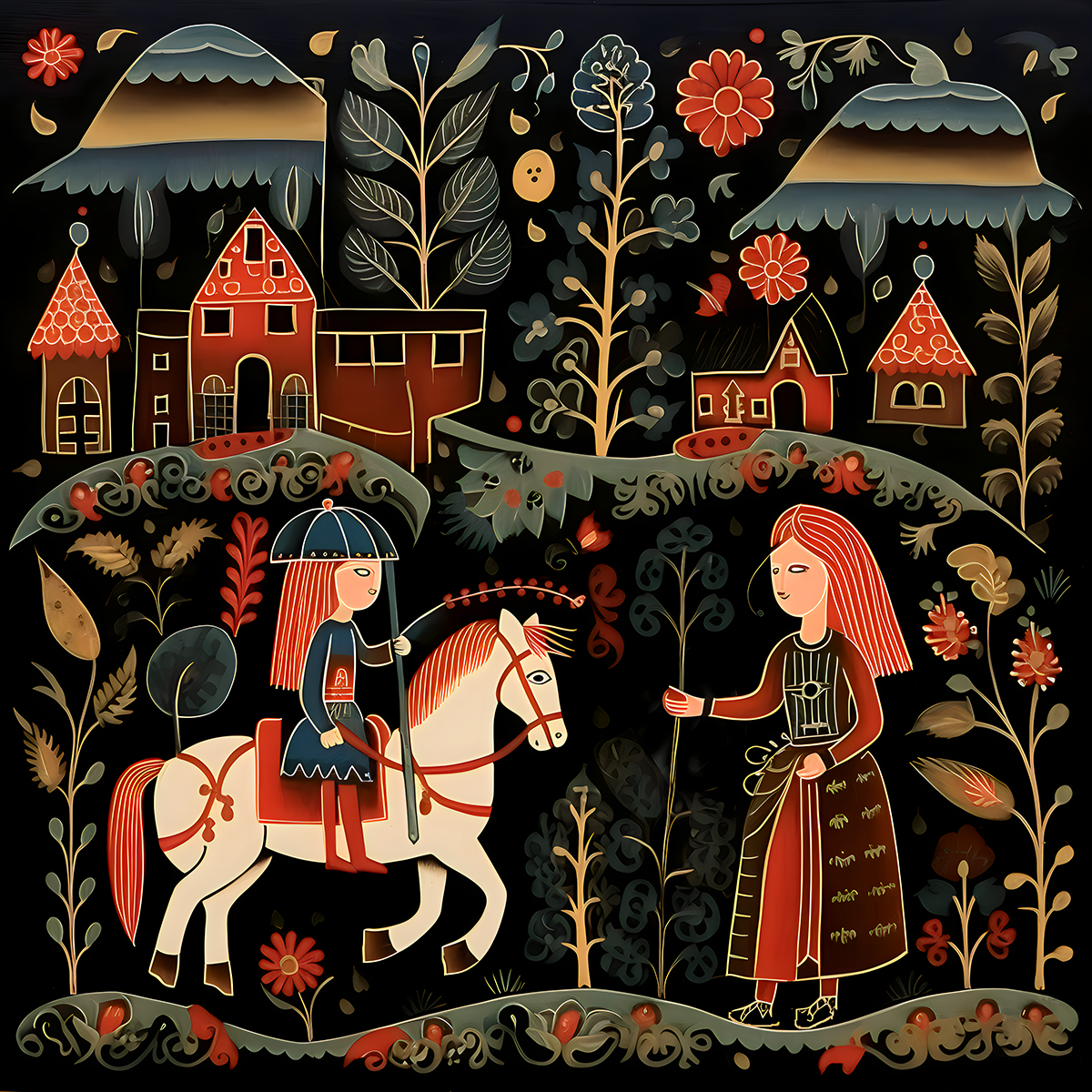Minimalism Art, Uncategorized
Medieval Art
MEDIEVAL ART: A CELEBRATION OF FAITH & CULTURE
"Medieval Art" refers to the art produced in Europe during the Middle Ages from approximately the 5th century to the 15th century. The era was marked by the decline of the Roman Empire and the rise of European cultures which included the Carolingian, Byzantine, Romanesque, and Gothic periods.
Medieval art is characterized by its strong religious influence reflecting the predominant role of the Church in medieval society. Much of the art created during this time was commissioned by the church, leading to a significant focus on religious themes.
One of the defining characteristics of medieval art is its use of symbolism and allegory. Artists often employed symbols to convey religious, moral, or philosophical ideas. Additionally, medieval art typically employed a flat, two-dimensional style with little to no perspective. Figures and objects were often depicted on a hierarchical scale, where the depiction's size indicated the subject's social or spiritual importance.
Medieval art also embraced rich ornamentation, intricate details, and vibrant colors, especially in illustrated manuscripts and stained glass windows. Art of this period often served didactic purposes, aiming to educate the largely illiterate population about religious stories and moral lessons.
What are 4 Characteristics of Medieval Art?
Medieval art, spanning over a thousand years, displays several distinctive features:
1. Religious Themes and Subjects
The vast majority of Medieval art is deeply religious, reflecting the strong influence of the Church during this period. Most artworks, whether paintings, sculptures, or manuscripts, were created for religious purposes, portraying biblical stories, saints, and religious figures.
2. Hierarchical Scale and Symbolism
Medieval art often employed a hierarchical scale, where their importance determined the size of figures. For instance, religious figures like Jesus or saints were depicted larger than ordinary people. Additionally, symbolism was prevalent; animals, plants, and even colors were imbued with specific meanings, often conveying moral or religious messages.
3. Flat, Two-Dimensional Style
Medieval art was predominantly two-dimensional with little depth or perspective than later Renaissance art. Figures and scenes were often portrayed in a flat manner, lacking the realistic depth and spatial illusion that became prominent in later art periods.
4. Intricate Ornamentation and Detail
Medieval art is renowned for its intricate details and rich ornamentation. Manuscripts, for example, were adorned with elaborate illustrations and decorative borders. This attention to detail extended to architecture, where cathedrals and churches were decorated with intricate carvings, stained glass windows, and decorative motifs.
These four characteristics define the essence of Medieval art, reflecting the time's religious, social, and cultural contexts.
Medieval Art Remains Popular Today
Here are a few reasons
- It's Historical Significance:
Medieval art serves as a valuable window into the past. It reflects religious, social, and cultural values of the time, providing insights into the medieval world which includes the role of the Church, the feudal system, and the artistic techniques and materials used during that period. - Spiritual and Symbolic Depth:
Many people are drawn to the spiritual and symbolic aspects of Medieval art. The rich symbolism, allegory, and religious themes inherent in these artworks often resonate with individuals looking for deeper meaning and connections to their faith or heritage. - Medieval Literature and Stories:
Medieval art often depicts scenes from literature and historical events of the period. Tales of King Arthur, the Song of Roland, and other legends continue to captivate audiences and have inspired numerous adaptations in modern media. - Artistic Craftsmanship:
Medieval art showcases incredible craftsmanship. Manuscripts illuminated by skilled scribes and illustrators are celebrated for their intricate illustrations and masterful calligraphy. The dedication and skill continue to be admired to this day. - Educational and Academic Interest
For scholars and educators, Medieval art remains a source of study and research. It offers insights into art history, religious history, and cultural evolution.
In Summary
The popularity of Medieval art today is rooted in its historical significance, spiritual depth, artistic craftsmanship, and its ability to inspire awe and fascination. The artistic achievements of the Middle Ages continue to captivate individuals and serving as a bridge to a bygone era that holds a unique and lasting appeal.
Medieval Art is a Unique Gift for Someone You Care About
Medieval art makes a unique gift due to its historical, spiritual, and artistic significance. The depth of meaning, the craftsmanship, and the timeless allure of these artworks create a memorable and meaningful gift-giving experience, making them ideal choices for special occasions and recipients who appreciate the richness of cultural heritage.

